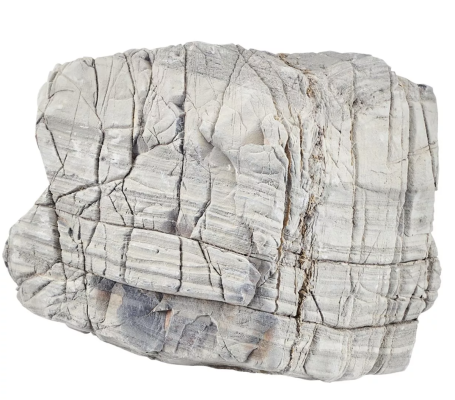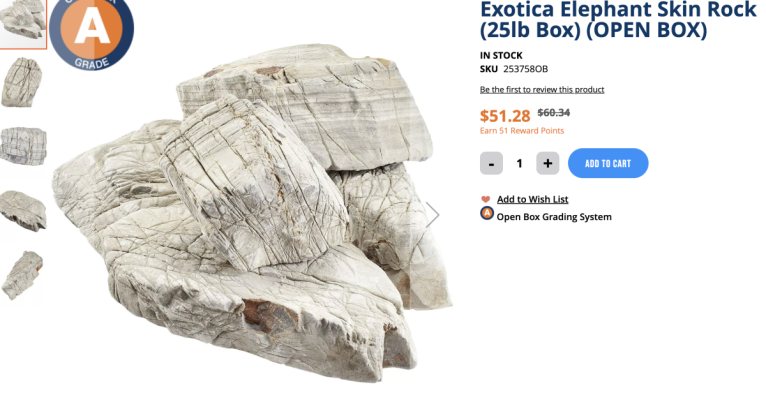Not sure if anyone has tried this, or knows the answer. I've posted questions on the products on BRS's website without response unfortunately.
Has anyone put non "reef rock" in a reef tank? Is it safe? Are there ones that are safe and ones that aren't?
I'm thinking about redoing the aquascape on my Frogfish tank and think it would be cool to build them caves out of boulders. In the tank I mostly have frogspawn and toadstools (get it ... frogfish tank). But thought if I had boulders and had GSP growing on them like moss it could be pretty cool. Posted the ones below that I am interested in. If not, I'll just chisel my Marcorock as usual lol but thought I'd try something different if possible. This one is called elephant skin rock and I think could make great caves.


Has anyone put non "reef rock" in a reef tank? Is it safe? Are there ones that are safe and ones that aren't?
I'm thinking about redoing the aquascape on my Frogfish tank and think it would be cool to build them caves out of boulders. In the tank I mostly have frogspawn and toadstools (get it ... frogfish tank). But thought if I had boulders and had GSP growing on them like moss it could be pretty cool. Posted the ones below that I am interested in. If not, I'll just chisel my Marcorock as usual lol but thought I'd try something different if possible. This one is called elephant skin rock and I think could make great caves.





















